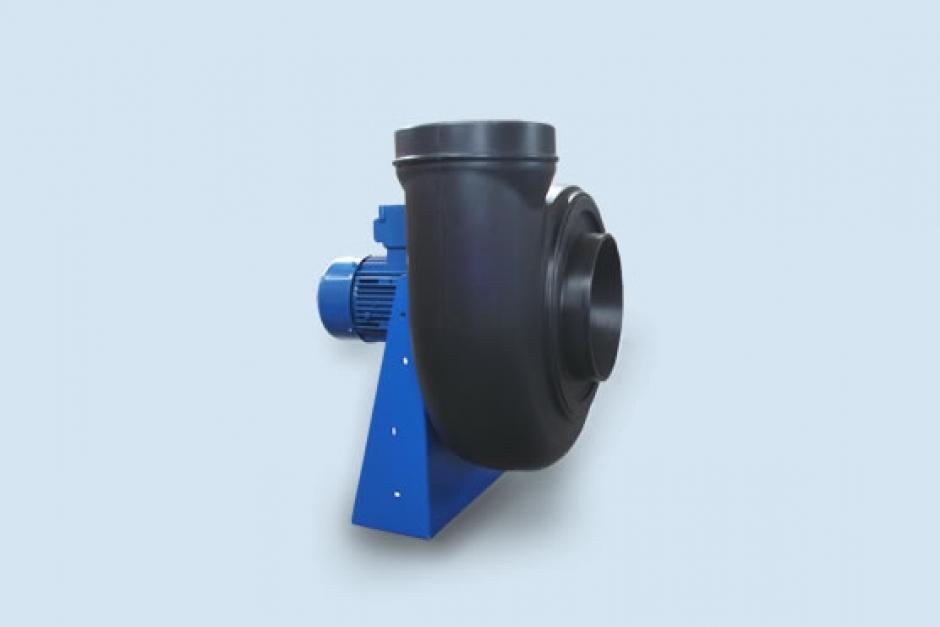ATEX FANS
Most of the time, businesses are not aware of hazards such as explosion and they use the classic ventilation systems by making the wrong choice. However, flammable chemicals and petroleum products (methane, alcohol, acetylene, natural gas, etc.) production, operation, transportation and storage of gas and vapor leakage may cause any explosion. Today, in such industrial conditions, the use of non-explosive parts has become a necessity. While there are different non-explosion certification systems in different countries around the world, ATEX directives are used in the European Union.Features of ATEX Fans
ATEX, which consists of the words f atmosphere da and ları exposible ve in English, are directives on equipment and systems operating in potentially explosive environments, and ATEX fans are the fans produced in this direction. Steel, stainless steel and aluminum cast body fans are suitable for use in hazardous situations.
Fans with high security and safety features are used for explosion and toxic chemicals resistant design. Fan systems designed and manufactured to be used in explosive environments are known as explosion proof ATEX fans. It is necessary to use these fans in areas where flammable dust, gas or steam are present or in the air within the limits of explosion.
Classification of explosive atmospheres
Combustible gases and vapors are also classified according to ignition temperatures. In addition, the regions in the danger zone classification are called “zone dir. Suitable for ATEX fans 1, 2 and 22 zones.
Zone 0 (gas / vapor): Continuous or long-term, permanently explosive mixture is the environment.
Zone 1 (gas / steam): Potentially explosive atmosphere that may occur during normal operation of the plant.
Zone 2 (gas / vapor): An environment where there is no possibility of an explosive condition during or after normal operation. In this case, an explosive atmosphere may occur only in the event of an accident.
Zone 20 (dust): An environment in which the explosive mixture is continuously or for a long time.
Zone 21 (dust): An environment in which an explosive mixture is likely to occur during normal operation of the installation.
Zone 22 (dust): An environment where there is no possibility of an explosive sit


